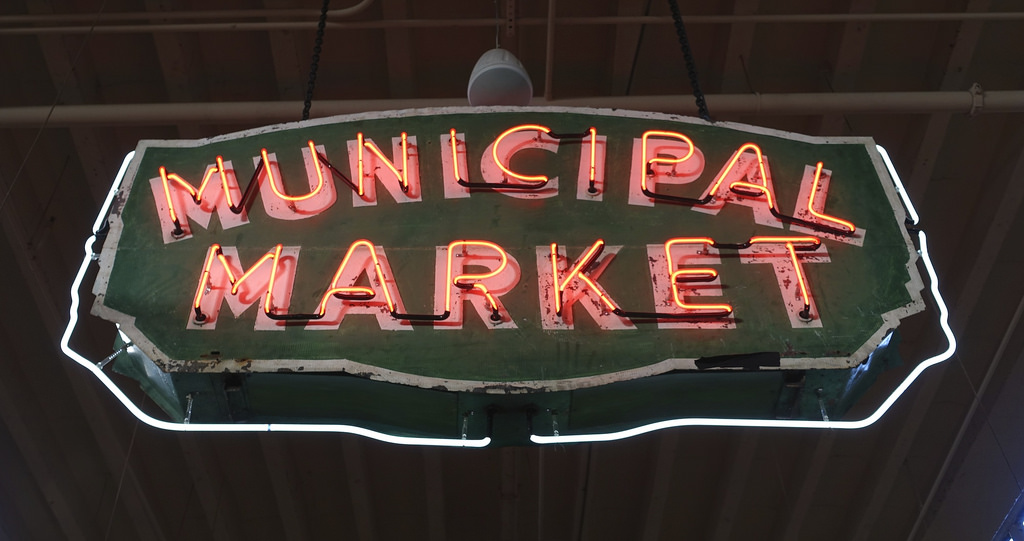The Rhetoric of Space and Place in Atlanta

Students learn to analyze how the built environment employing five rhetorical modes–linguistic, aural, visual, spatial, and gestural. Everything done in this course–reading, research, writing, documenting, note-taking, etc.–are the multiple stages and processes in a single, semester-long project, culminating in the built environment analysis and contributing to a collaborative archive of information about the rhetoric of space and place in Atlanta. This course aims to help students analyze, evaluate, document, and draw inferences from various sources; identify, select, and analyze appropriate research methods, research questions, and evidence for a specific rhetorical situation; use argumentative strategies and genres in order to engage various audiences; integrate others’ ideas with their own; use grammatical, stylistic, and mechanical formats and conventions appropriate for a variety of audiences; critique their own and others’ work in written and oral formats; produce well-reasoned, argumentative essays demonstrating rhetorical engagement; and reflect on what contributed to their writing process and evaluate their own work.
